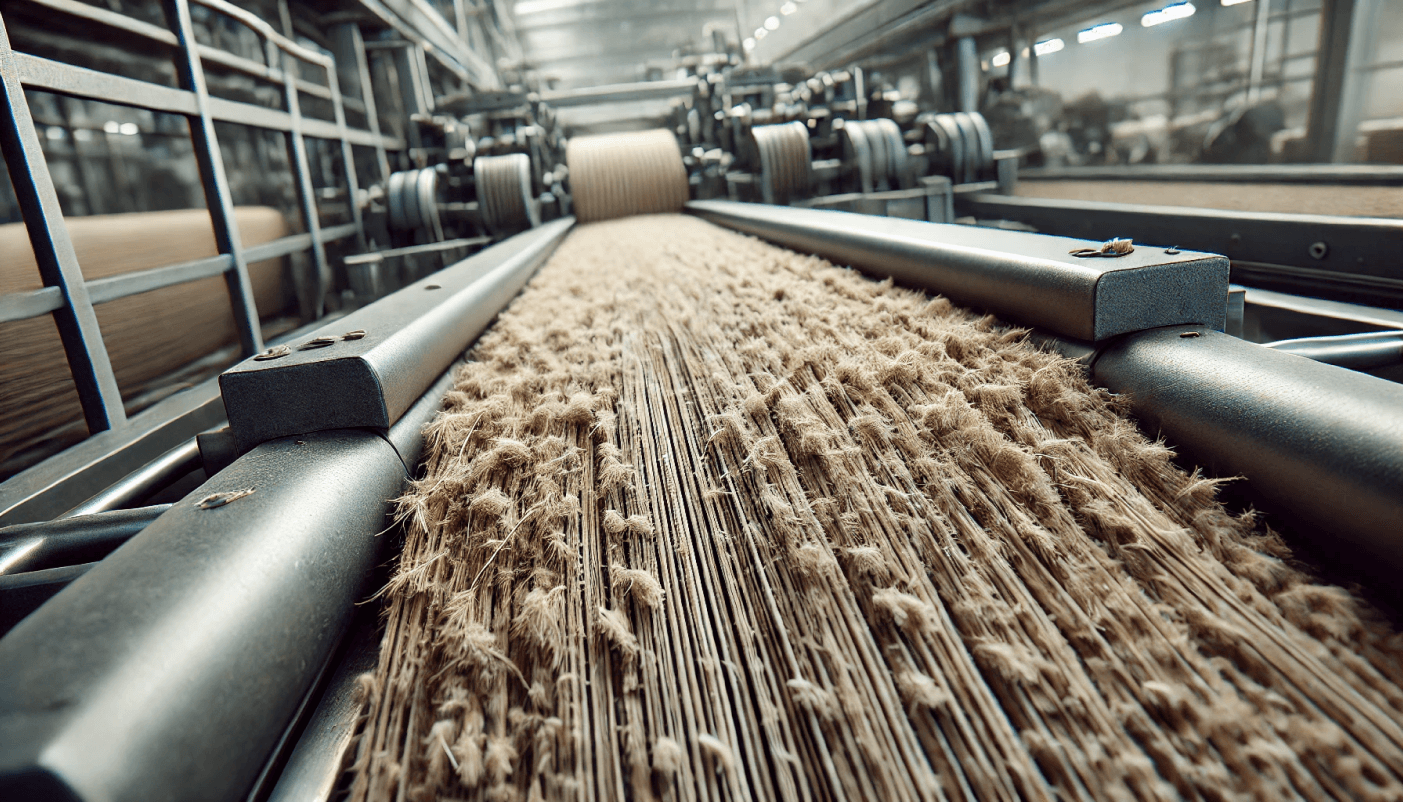The use of sustainable packaging materials is essential for reducing environmental impact while maintaining the quality and safety of food products. Each material comes with unique properties, advantages, and challenges, making them suitable for different food packaging applications. Below is an in-depth analysis of the most relevant sustainable materials currently used in the food industry.
1. Biodegradable Plastics
Biodegradable plastics are designed to break down into natural components like water, carbon dioxide, and biomass under specific conditions. These plastics are commonly derived from plant-based resources such as corn starch or sugarcane.
- Types:
- PLA (Polylactic Acid): Made from renewable resources like corn starch, PLA is commonly used for items like food containers, utensils, and cups.
- PHA (Polyhydroxyalkanoates): Produced by microbial fermentation, PHA is fully biodegradable and suitable for compostable packaging materials.
- Advantages: Reduce landfill waste and fossil fuel consumption.
- Challenges: Can be costly, and industrial composting is often required for proper decomposition.
2. Recycled Paper and Cardboard
Recycled paper and cardboard are widely used in food packaging, offering a more eco-friendly alternative to virgin paper products. These materials are ideal for boxes, paper bags, and food wraps.
- Advantages:
- Renewable, biodegradable, and recyclable.
- Can be combined with water-resistant coatings for greater durability.
- Challenges: Lower durability compared to plastic and may require protective layers to avoid contamination in direct contact with food.
3. Glass
Glass is a 100% recyclable material that does not degrade in quality when recycled. It is primarily used for packaging liquids such as beverages, sauces, and condiments.
- Advantages:
- Excellent barrier properties against moisture and oxygen.
- Non-toxic, inert, and reusable.
- Challenges: Glass is heavy and breakable, leading to higher transportation costs and risks during handling.
4. Metal (Aluminum and Steel)
Metals such as aluminum and steel are used in cans, foils, and lids for various food products. Aluminum, in particular, is highly recyclable and lightweight.
- Advantages:
- Provides an excellent barrier to light, oxygen, and moisture.
- Durable and long-lasting, with high recycling rates.
- Challenges: Energy-intensive production process. Metal is often used for long-shelf-life products, which may complicate recyclability depending on coatings.
5. Compostable Packaging (Plant-Based Fibers)
Materials made from plant-based fibers, such as sugarcane pulp (bagasse), wheat straw, and bamboo, are gaining popularity as compostable food packaging.
- Advantages:
- Derived from renewable resources and biodegradable.
- Strong and durable, with natural moisture resistance.
- Challenges: May require specific composting conditions (industrial composting) to break down effectively.
6. Mushroom Packaging
Made from mycelium, the root structure of mushrooms, this biodegradable material is used primarily for protective packaging.
- Advantages:
- Completely biodegradable and compostable.
- Grows rapidly using agricultural waste as a substrate.
- Challenges: Currently not widely scalable, and limited primarily to niche applications.
7. Seaweed-Based Packaging
Seaweed-based materials are an emerging innovation in sustainable food packaging. Seaweed is fast-growing and abundant, making it an attractive alternative to fossil fuel-based plastics.
- Advantages:
- Edible in some applications, fully biodegradable, and zero-waste.
- Can be produced in various textures and forms (film, trays).
- Challenges: Limited infrastructure for large-scale production and specialized processing needs.
8. Plant-Based Plastics (Bioplastics)
Bioplastics made from plant-based feedstocks, such as corn or sugarcane, offer a renewable alternative to petroleum-based plastics. Common examples include bio-PET and bio-PE, which are chemically identical to their fossil-based counterparts but derived from renewable resources.
- Advantages:
- Can be used in existing recycling streams.
- Offer the same functional properties as conventional plastics (e.g., strength, flexibility).
- Challenges: Not all bioplastics are biodegradable, and some may still contribute to microplastic pollution.
9. Edible Films
Edible films made from materials like casein (milk protein), chitosan (derived from crustaceans), or rice starch are a growing trend in sustainable packaging for certain foods.
- Advantages:
- Reduces waste by allowing the packaging to be consumed with the food.
- Ideal for wrapping perishable or single-serving products.
- Challenges: Limited durability and niche applications.
10. Algae-Based Plastics
Algae-based plastics, derived from algae biomass, are a promising innovation in the sustainable packaging sector. They are biodegradable and can reduce carbon emissions during production.
- Advantages:
- Carbon-negative material that sequesters CO2 during growth.
- Biodegradable and compostable.
- Challenges: High production costs and limited scalability at present.
11. Reusable Packaging Materials
Materials like stainless steel, silicone, and durable plastic composites are often used for reusable packaging systems. These are common in bulk food sales or meal kit services, where consumers return packaging for reuse.
- Advantages:
- Reduce single-use waste and improve resource efficiency.
- Can be used multiple times before recycling.
- Challenges: Initial costs and consumer participation in return/reuse systems.
12. Wood-Based Packaging
Wood-based packaging, including wooden crates and wood pulp films, provides a sustainable and renewable option, particularly for premium products like wine, cheese, or gift baskets.
- Advantages:
- Strong, durable, and biodegradable.
- Can be sourced from sustainable forestry practices.
- Challenges: Limited to niche, often luxury packaging solutions due to cost and weight.
Conclusion
The food industry is witnessing a rapid transformation as sustainable packaging materials become more prevalent. Each material comes with its advantages and trade-offs, and the choice of material depends on the specific needs of the product, the company’s sustainability goals, and the end-of-life disposal infrastructure available in the region. As innovations continue, and economies of scale are achieved, the use of these materials will likely become more widespread, helping to reduce the environmental footprint of the global food industry.
Want to stay ahead in sustainable food production?
Explore our Sustainability Intelligence Software to monitor and manage sustainability risks. Streamline your compliance and sustainability reporting with AI-driven insights today!





.webp?width=1644&height=1254&name=Food%20Safety%20Dashboard%201%20(1).webp)
